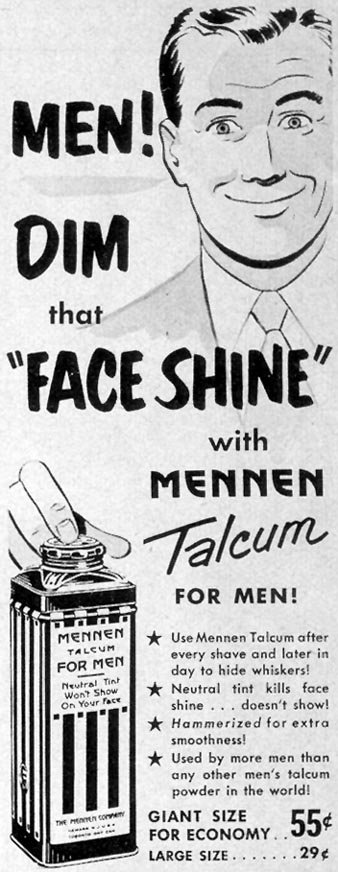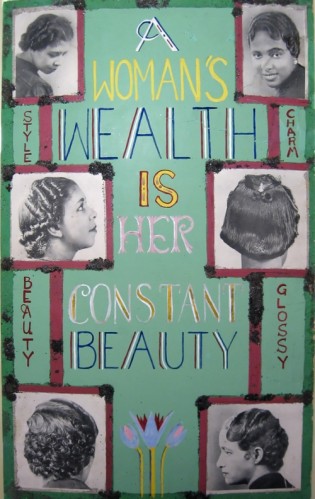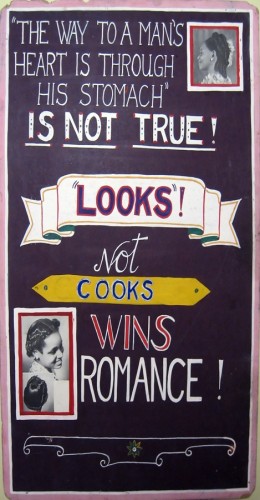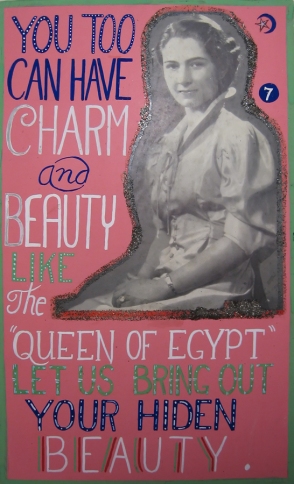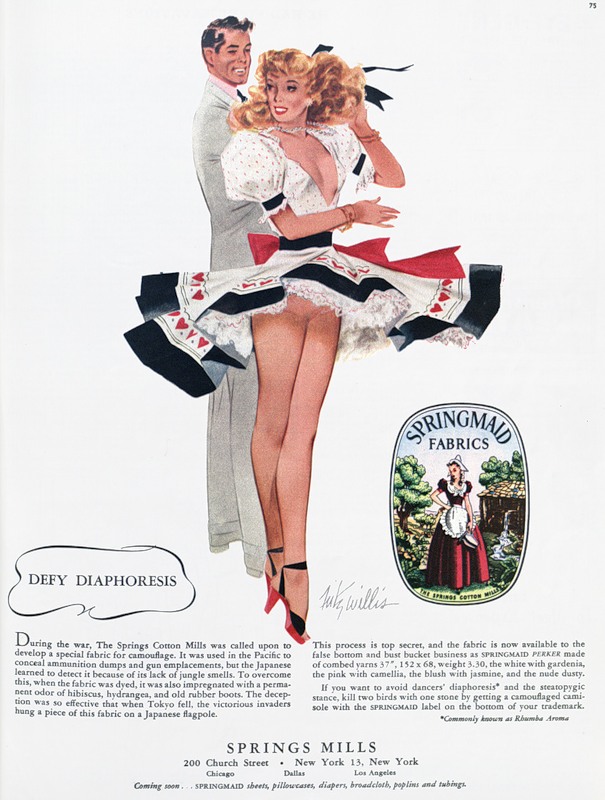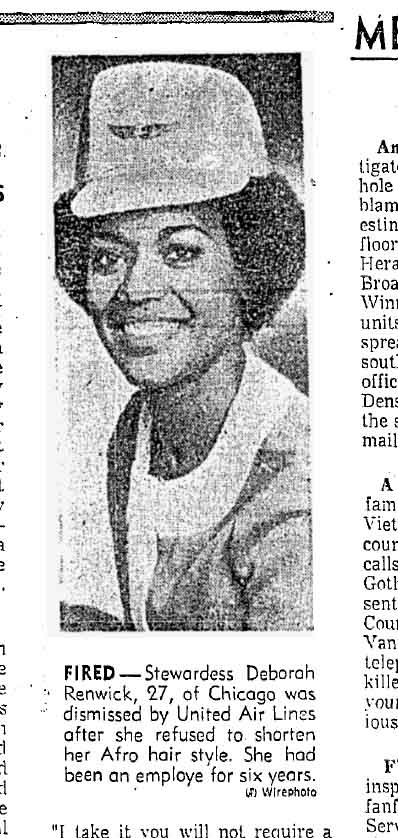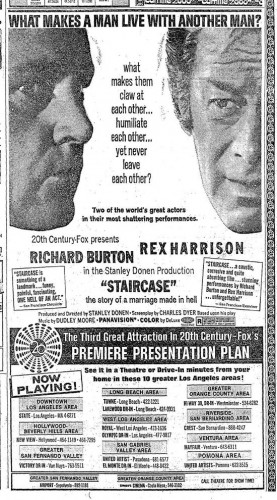Larry Harnisch of The Daily Mirror sent in this ad, which appeared in the Los Angeles Times on September 5, 1969:


Text from the top of the ad:
Does S&A really stand for Sex Appeal?
…and how! Our shoes are so sexy we only allow mature thinking adults to buy them…or young adults accompanied by a parent. When you wear S&A shoes, people will stare at your legs who were never never aware that you had any before.
It’s a great example of how quickly fashion standards can change. Today I’m pretty sure most, if not all, of these shoes would be considered old-fashioned and wouldn’t be marketed as sexy. Our ideas of what constitutes a “sexy” woman’s shoe today includes a higher, thinner heel, meaning they’re also in general less stable, harder to walk in, and worse for your feet than shoes with a chunky heel like these.

